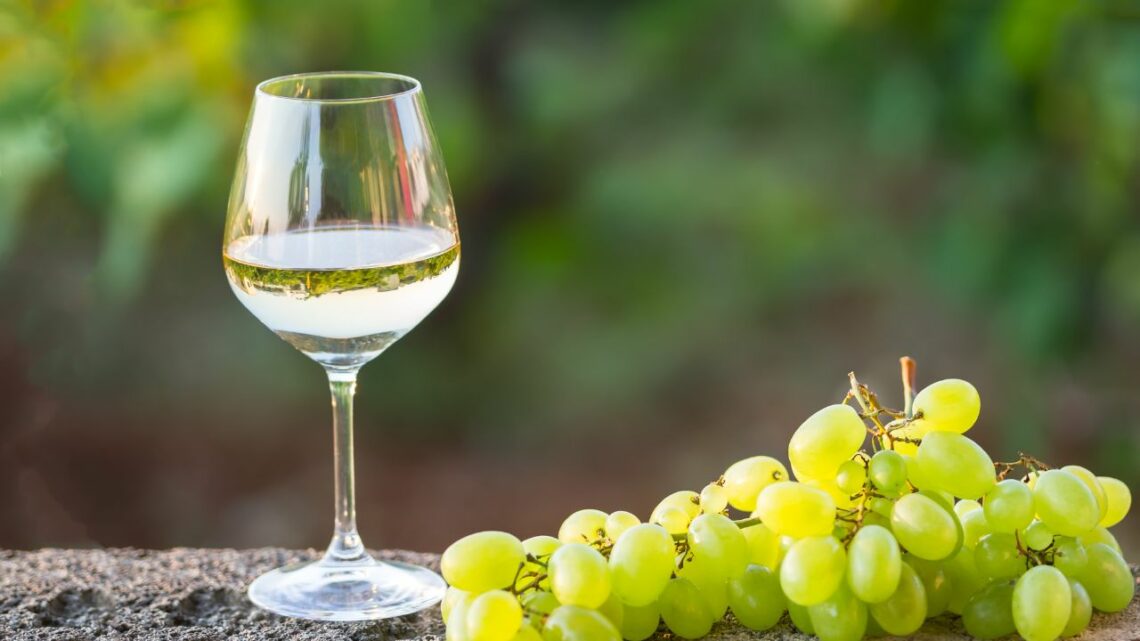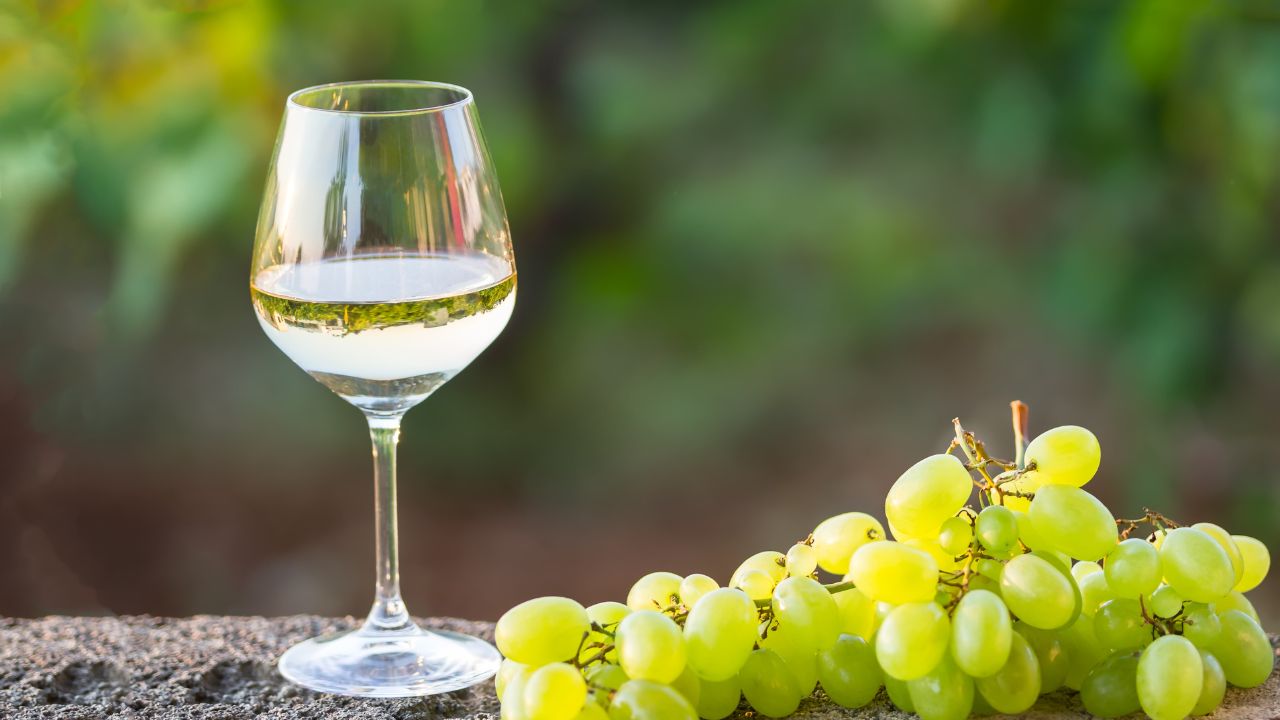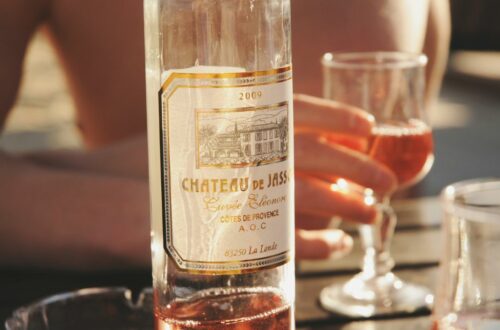
Clairette Grape Variety
Hey there, wine lovers!
Today, we’re taking a delightful detour from the usual Grüner Veltliners and Blaufränkisches to explore a hidden gem: the Clairette grape variety of Provence.
You may have heard a lot about it when visiting Provence, but how much do you actually know?
Clairette is a white grape variety which is quite similar to Rolle (Vermentino) but with lower acidity and less structure. Clairette gives aromas of white flowers, citrus, and stone fruits like peaches, grapefruit and tropical fruits to the wine. On the palate, Clairette wines tends to be full-bodied and dry, with a low acidity and high alcohol. Not to be mixed up with the grape variety Clairette Blanche in Languedoc or Claret.
Clairette: A Historic Grape from Provence
The exact origin story of Clairette remains a bit of a mystery, but whispers of its presence can be traced back to Roman times.
Some historians believe it might be a descendant of ancient Greek grapes, brought over by those early settlers.
Over the centuries, Clairette thrived in Provence, becoming a key player in shaping the region’s wine identity.
Interesting aside: Clairette wasn’t the only star in Provence. Its cousin, Rolle (also known as Vermentino), also enjoyed a prominent place. While they share some similarities, Rolle tends to produce wines with a bit more body and structure.
This brings us to a crucial point – avoiding confusion with other grapes!
There’s a grape variety called Clairette Blanche grown in the Rhône Valley and Languedoc. Although they share the name, they’re distinct grapes with different characteristics.
While both Clairette in Provence and Clairette Blanche in Languedoc share the name “Clairette,” they are considered distinct grape varieties. Clairette Blanche is a white grape variety primarily found in the Languedoc-Roussillon region of France, known for producing wines with a range of styles from dry to sweet.
On the other hand, Clairette in Provence typically refers to Clairette Rose, a pink-skinned mutation of the Clairette Blanche grape. Clairette Rose is used primarily in the production of rosé wines in the Provence region.
Another term you mustn’t mix up is Claret. Claret is the name Brits give to Bordeaux wines. Want to know why? Check out this post!
The Character of Clairette: From Vine to Wine
Clairette takes its sweet time ripening under the Provençal sun. It’s a late-ripening grape, often waiting until late September or even October to reach its full potential.
This leisurely pace might seem frustrating, but it allows the grapes to develop a unique concentration of flavors and sugars.
However, the flip side is that Clairette yields are naturally low. Think of it as a quality over quantity situation – those fewer grapes pack a delicious punch.
Clairette thrives in the warm, sun-drenched climate of Provence, on the limestone-rich soils providing excellent drainage
Indeed, the limestone helps regulate water content, while the sunshine coaxes out the grapes’ natural sugars and flavors.
So, what does a Clairette wine taste like?
The answer depends on the winemaking style, but generally, you can expect a fruit and floral notes.
You’ll get aromas of white flowers, citrus, and stone fruits like peaches, grapefruit and tropical fruits.
On the palate, Clairette tends to be full-bodied and dry, with a low acidity and high alcohol.
Acidity is a crucial element in wine, providing structure, freshness, and helping the wine age gracefully. Lower acidity can make Clairette wines less age-worthy and more susceptible to oxidation. Oxidation occurs when the wine comes into contact with too much oxygen, leading to browning and a loss of freshness.
Here’s the good news: Modern winemaking techniques can help mitigate these challenges. Winemakers might choose to harvest the grapes slightly earlier to retain some acidity or use techniques like cold fermentation to preserve freshness.
The key to enjoying Clairette is to savor it in its youth. Look for wines from the current vintage, or perhaps the one before. Store them in a cool, dark place, and when you pop the cork, expect a burst of refreshing fruit and floral notes.
Clairette pairs beautifully with light summer fare – think seafood, salads, or even grilled chicken.
The Agronomic Traits of Clairette
One of Clairette’s most remarkable traits is its ability to thrive in challenging conditions.
The grape can flourish in poor, dry soils, where many other varieties would struggle. This makes it a perfect fit for the sometimes-harsh Provençal landscape. Think of it as a survivor, a grape that has adapted to its environment and learned to make the most of what it has.
Clairette grapes might be tough when it comes to soil, but they require a gentle touch in the vineyard. The thick skin of the grape makes it susceptible to rot and mildew, particularly in humid conditions.
Vineyard managers need to be vigilant with preventative measures like proper canopy management and ensuring good air circulation between the vines.
Mildew is a constant threat to Clairette grapes. Powdery mildew and downy mildew are the two main culprits, and both can wreak havoc on a vineyard’s yield.
Winemakers employ various strategies to combat these fungal foes, including organic and synthetic fungicides.
Despite the challenges, skilled winemakers coax out the best qualities of Clairette.
Traditional methods often involve whole-bunch pressing, which preserves the delicate flavors and aromas of the grape.
Temperature-controlled fermentation helps maintain freshness, and minimal intervention allows the grape’s character to shine through.
The result? Light, aromatic, and sometimes slightly spritzy Clairette wines that capture the essence of Provence in a glass.
With the ever-present threat of climate change, the future of Clairette is a topic of discussion. The grape’s natural resilience to hot and dry conditions might be an advantage in a warming world. However, increased heat can also lead to lower acidity and higher alcohol levels in the wines.
Sustainable viticulture practices are becoming increasingly important. Water management, canopy management, and exploring drought-resistant clones are all ways to ensure the continued success of Clairette in a changing climate.
Conclusion : Clairette Grape Variety
So, there you have it, wine lovers! Clairette, a grape with a long history in Provence. Due to its low acidity, it’s rarely used alone and is usually used in blends to bring all the fruity flavours.
But if you’ve ever tasted a 100% Clairette, please let me know in the comments.
For the others, share your thoughts on Clairette or any other Provençal wines you’ve enjoyed. Cheers!







